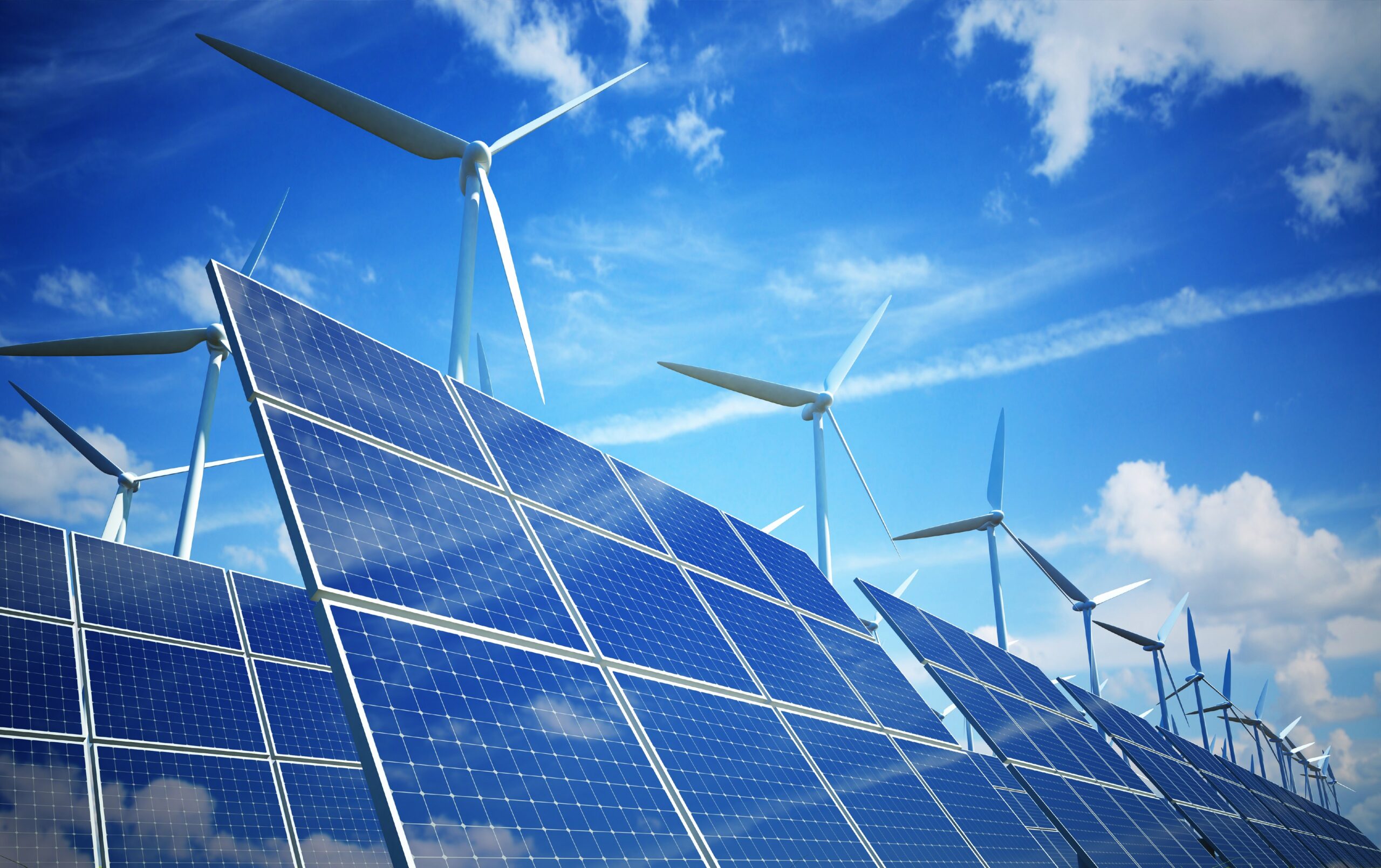
How can you boost your organisation’s energy resilience?
Here are our top tips for boosting your business’s energy resilience.
When we talk about risk in relation to energy, our first thought may be price risk and many businesses we talk to already have risk mitigation plans in place to manage this. However, the growing risk of power outages can have equally severe consequences for businesses – yet many have no plans in place to reduce this risk.
The grid is becoming increasingly reliant on renewable energy – in 2020, renewable sources provided a record 42% of the UK’s electricity – but as many renewable generation assets are reliant on the weather, the energy they provide can be intermittent. Climate change is increasing the likelihood of extreme weather events, which can damage energy infrastructure and lead to loss of power in affected areas. As the grid becomes more digitalised, we could also experience more power cuts due to cyber-attacks on local or national networks, and simple human errors can also cause supply disruptions.
With power cuts set to become a more regular occurrence, it’s crucial to consider how a loss of power – even if only temporary – could affect your organisation. Many businesses are digitalising their processes and offerings, and if that’s the case for your organisation, then a loss of power could seriously disrupt your operations. If you cannot deliver for your customers due to operational downtime, then your business’s reputation and revenue could be at risk. There may also be wider consequences if you lose power on-site – can your staff perform their jobs safely in complete darkness, for example? Or could their health and safety be at risk in the event of a power cut?
When you realise the significant impact that a power failure could have on your organisation, you will appreciate how important it is to ensure that your business takes the necessary steps to boost its energy resilience. So if energy security isn’t already a key feature of your energy strategy, it’s time to take steps to ensure your business is prepared in the event of a power cut.
Here are our top tips for boosting your business’s energy resilience:
- Assess the unique risks to your business.
The first step you should take is to assess how your business would be affected if a power cut were to occur today. You should walk round your site and use your energy data to answer questions such as:
- Which systems or equipment need a constant supply of power? How much power do they typically use in an hour, a day, or a week?
- Which systems or equipment are not essential to your operations?
- If power is disrupted to your critical systems or equipment, how long does it take to get them back up and running?
- Do we have any generation assets on site that we could use as backup power?
- Do we have any way to store energy generated on-site?
Once you have a clear understanding of how your equipment and processes would be impacted by a loss of power, you can begin to identify areas of vulnerability within your organisation. If you have no alternative power supply on-site, for example, then it’s likely that your operations would be put on hold for the duration of a power outage – which could last minutes, hours or even days.
At this stage, you may also want to estimate the costs a power cut could create for your business. If your site had no power for an hour, and your operations were completely disrupted for that period of time, how much would it cost your business? You can then take these costs into account when you’re setting a budget for energy resilience measures.
- Strengthen your strategy
Research has shown that sustainable businesses are twice as likely to include detail on energy supply risks in their energy strategies, and almost three times more likely to set relevant targets, actions or budgets for energy security. So if you’re determined to protect your business from the risks – and costs – associated with power failure, then you need to ensure that you have a plan for securing your energy supply embedded within your overarching energy strategy.
To build your energy security plan, go back and review the insight you gained during the assessment stage. Where are your main areas of vulnerability, and what are you going to do to improve your resilience in these areas? Your business-critical systems and equipment should be your first concern. You need to know how long these assets take to get back up and running after a power cut, as some assets take a while to reboot even if they’re only switched off for a few minutes.
You should also use your energy data to determine your ‘critical load’ – the volume of energy your business-critical assets need to keep running. When you’re creating your energy resilience plan, you should aim to ensure that you have access to an alternative power supply that can (at a minimum) provide your critical load, so that you can keep your essential assets running in the event of a power failure. It’s also important to know how much energy any on-site generation assets or energy storage solutions can generate and store, so that you have a good idea of how much back-up energy you can rely on in the event of an emergency.
- Put your plan into action
Studies have shown that almost ¾ of businesses are underprepared for a power supply interruption – so it’s likely that there’s room for improvement when it comes to bolstering your energy resilience.
If you’ve found that your business is vulnerable to power outages, then there are plenty of steps you can take to address this. Many businesses find that installing on-site generation makes a big difference to their ability to respond in the event of a power failure, so it’s worth investigating whether your business could invest in various forms of on-site generation if you don’t already have it. However, if you invest in a renewable generation asset, like solar panels, it’s important to remember that under normal grid connection requirements, the system would not operate during times of mains power failure. You should therefore consider the resilience of your power supply, along with the various solutions in a holistic manner. Solutions may take the form of Uninterruptable Power Supplies (UPS), back-up generators, or battery storage solutions combined with renewable generation. The cost, scale and mix of these options will depend on the impact to your business from both short term and longer-term power interruption.
If you already have a generation asset and energy storage on-site, then you may also consider getting involved in demand-side response schemes. This year, the grid has already secured a record-breaking 1.6GW of flexible demand, and it’s likely that the grid will come to rely increasingly heavily on consumer flexibility in order to balance supply and demand in future. By participating in demand flexibility schemes, you can help to prevent power failures from occurring due to intermittent supply, which could reduce the risk to your business.
Secure your supply today
At Inspired, we know how essential it is for your business to have a secure supply of energy in order to keep your operations running, and we’ve supported many organisations to strengthen their energy resilience. Whether you need our help with identifying areas of weakness within your organisation, calculating your critical load or installing on-site generation and battery storage, we’re here for you. passed by the EA, so you are in expert hands.
To find out more about how we can help you to enhance your energy resilience, call us on 01772 689 250 or email [email protected].










